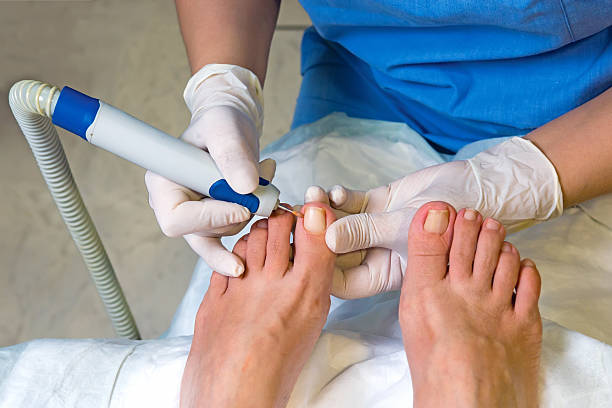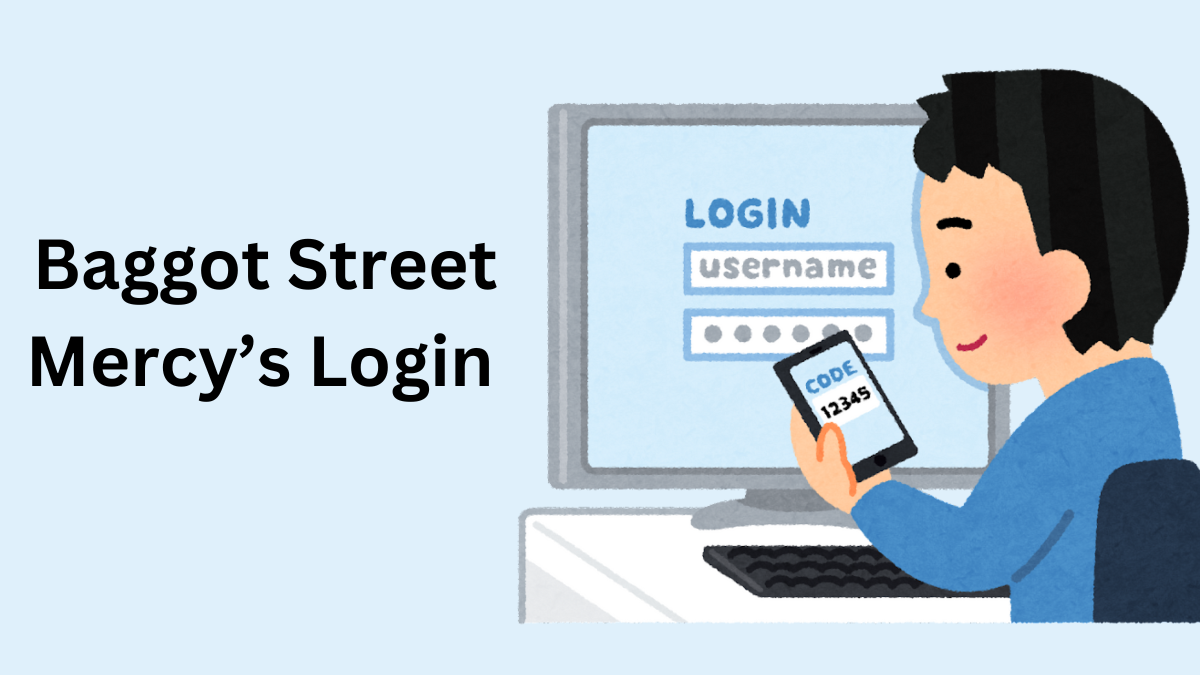Fix Ingrown Toenails: It’s not enjoyable when you remove your shoes after a long day and your big toe hurts a lot. When you check it, the skin around your toenail is red, annoyed, and puffy. It hurts when you touch it. You have an ingrown toenail, and for the next few days, you’ll use nail clippers, antibiotics, and Band-Aids to make it feel better.
Here are some easy tips to help your toe get better faster, stop it from getting infected, and know when you should see a doctor.
What’s an ingrown toenail
An ingrown toenail happens when the edge of your toenail cuts into the skin around it, causing redness and swelling. It can also occur when the skin grows over the toenail.
When the toenail goes into the skin, bacteria can grow, sometimes causing bad infections. This can be very painful and might cause health issues if you don’t take care of it.
Reasons and the things that make it happen:
Wearing shoes that don’t fit right, hurting your toenail area, cutting your toenails wrong, and not taking good care of your feet can make ingrown toenails happen. Even though ingrown toenails can affect people of all ages, some people are more likely to get them.
People with diabetes or nerve problems from circulatory diseases should be extra careful because poor blood flow can make healing slower. Sometimes, the tendency to get ingrown toenails can run in families, like something you inherit.
What to do and what not to do for ingrown toenails
DON’T
Avoid “bathroom surgery”: Don’t try to fix the problem at home using sharp things, cotton balls, or dental floss to lift the nail. It might make things worse, and you might end up needing to see a doctor.
If there’s no infection signs: If you don’t see discharge, pus, or signs of infection, try this:
- Soak your foot in warm water with Epsom salt for 20 minutes.
- Give your foot a gentle massage to improve blood flow and reduce swelling.
- Afterward, make sure your foot is dry and put some over-the-counter antibacterial cream on it.
- Keep the area clean to avoid infections.
DO
Use good toenail clippers: Fingernail clippers and toenail clippers might look similar, but toenail clippers are wider and made to cut straight across your nail. This helps prevent it from digging into your skin. Having clean and sharp toenail clippers is the first thing to do to stop ingrown toenails.
DON’T
Cut your toenails too short: Don’t make the edges of your toenails pointy. When you cut them too short, it raises the chance of the nail growing into your skin. If your toenails get tough to trim, especially as you get older and they get thicker and curve more, a foot doctor can help you cut them safely.
DO
Check how much your toe hurts to see if it might be infected: If your toe gets very swollen and painful, and you notice pus or liquid coming out, go see a doctor right away.
You might have a bad infection called paronychia, and it needs oral antibiotics to get better. If you keep having this problem, you might need a procedure called a partial nail avulsion to remove part of the nail.
DO
Wear comfy shoes and keep your feet dry: Don’t wear shoes that squeeze your toes because it can make your toenails dig into your skin. If you’re a teenager, an athlete, or you sweat a lot, be careful because you don’t want to create a place where bacteria and fungi can grow.
To avoid ingrown toenails, make sure the skin around your toenails stays dry. Your feet hold up your whole body, so make sure they’re comfy in your shoes and kept clean and dry.
10 tips to make your ingrown toenail feel better
Soak your sore foot in warm, soapy water: Put your foot in warm, soapy water to make the pain and swelling go down. You can do this for up to 20 minutes each time. It’s even better if you use Castile soap, and adding Epsom salts might help too.
Try soaking in apple cider vinegar
Apple cider vinegar is something some people use to help with ingrown toenails. They think it can stop infections, reduce swelling, and make the pain feel better, even though there isn’t much scientific proof.
To give it a shot, mix 1/4 cup of apple cider vinegar with warm water in a bowl. Soak your sore foot in this mixture for up to 20 minutes every day. After soaking, make sure your foot is completely dry.
Try using dental floss or cotton
Some people suggest putting tiny pieces of cotton or waxed dental floss under the edge of the ingrown toenail to help it grow correctly. But not all experts agree on this.
The American College of Foot and Ankle Surgeons says that putting cotton under your nail might make the pain worse and let bad bacteria grow. To lower this risk, you can soak the cotton or floss in alcohol before putting it in.
Use germ-fighting cream
You can use special cream from the store to help your toenail get better and not get infected. Just put the cream on your sore toenail following the instructions on the package, usually up to three times a day.
Some of these creams have names like Neosporin, Polysporin, and Bactroban. After you put the cream on, make sure to cover your toenail with a bandage.
Wear comfy shoes and socks
Don’t wear shoes and socks that squeeze your toes too much. This can cause ingrown toenails. To stop ingrown toenails from happening or getting worse, wear shoes and socks that fit well and give your toes enough space.
While your toe is getting better, try not to wear shoes or wear sandals when you can so your toenails don’t get squished.
Use pain medicine from the store
You can take medicine like Tylenol to make your ingrown toenail hurt less. It’s usually safe as long as you don’t take more than what’s written on the label, which is usually 2 tablets every 4 to 6 hours. Don’t take more than 10 tablets in one day, and don’t take it with alcohol.
If your toe is swollen, you might want to take Advil instead of Tylenol because it can help with pain and swelling. Some common side effects of Advil include tummy pain, upset stomach, and diarrhea.
Always follow the instructions on the medicine package or ask a doctor for advice.
Use something to protect your toe
You can use a special thing called a toe protector. It’s like a soft cushion for your ingrown toenail. Toe protectors can come as rings that go around the sore spot or as a cover for the whole toe.
Some brands, like Dr. Scholl’s, have a special gel to soften your toenail, making it easier to trim. Just use it the way it says on the package until your ingrown toenail gets better.
Try a toe brace
Toe braces are very thin tools that hold your toe in place and protect your skin as a new nail grows. They help make ingrown toenails better and stop them from coming back. You can find toe braces online or at some drugstores.
Visit your doctor for pills that fight infection
If your ingrown toenail infection is very bad and doesn’t get better with other treatments, your doctor might give you special pills called oral antibiotics. These pills help make the pain and swelling go away and fight the infection.
You might need antibiotics if your toe:
- Gets more red.
- Hurts a lot, like a strong heartbeat.
- Gets even more swollen.
- Has pus (a yucky liquid).
- Feels warm and stinky around the sore area.
- Some antibiotics your doctor might give you are ampicillin, amoxicillin, and vancomycin.
Think about taking out the nail
If your ingrown toenail doesn’t get better with home treatments, the doctor might need to remove part or all of the nails. They’ll numb your toe first so you don’t feel pain.
In really bad cases that keep happening, the doctor might suggest taking out the whole ingrown nail. This is the last thing to try, and it can be painful. It might also make your toenail look strange as it grows back.
When you should go to the doctor
If you have an ingrown toenail and you have diabetes or another condition that makes your blood flow not so good, or if your immune system isn’t strong, it’s important to see the doctor.
You should also go to the doctor if:
- Your toe hurts a lot and is very swollen.
- The things you tried at home don’t make it better.
- You get an allergic reaction from something you used at home.
- You’re not sure how to take care of your ingrown toenail.
Conclusion
Fixing Ingrown toenails can hurt, but you can often fix them at home. To stop them from happening, wear shoes that fit well, cut your nails straight, and soak your feet.
Usually, ingrown toenails get better without causing lasting problems. But sometimes, they can lead to serious issues. If you have a condition like diabetes, it’s important to see your doctor to prevent complications.









